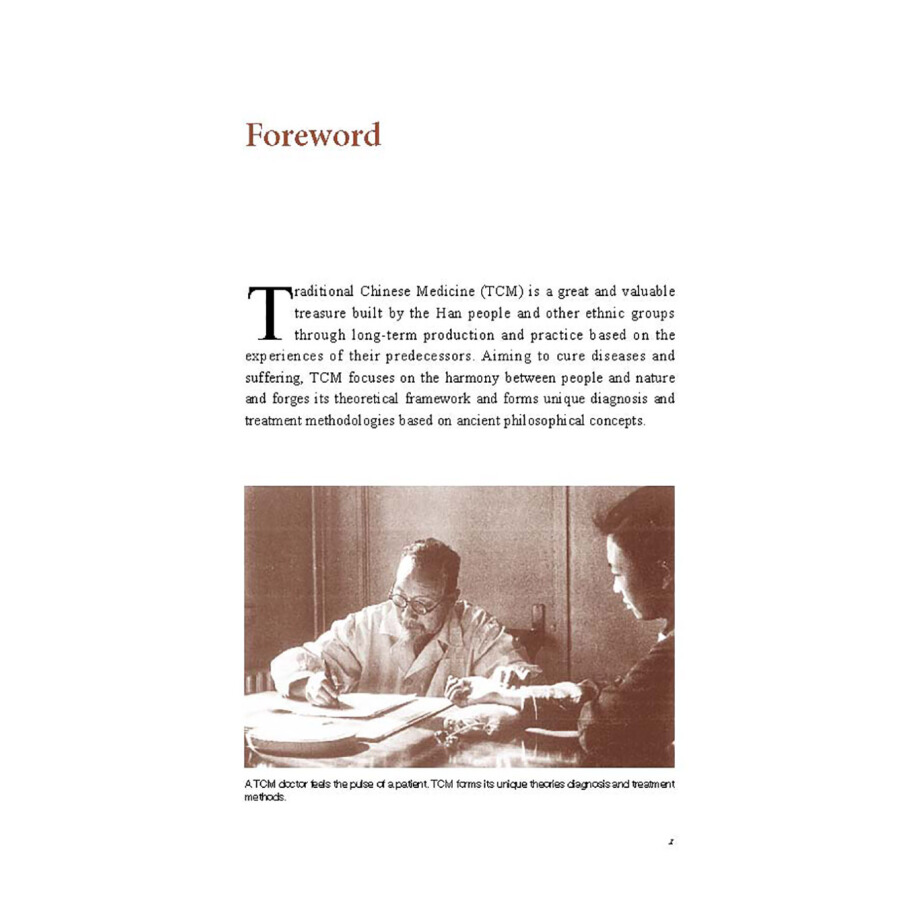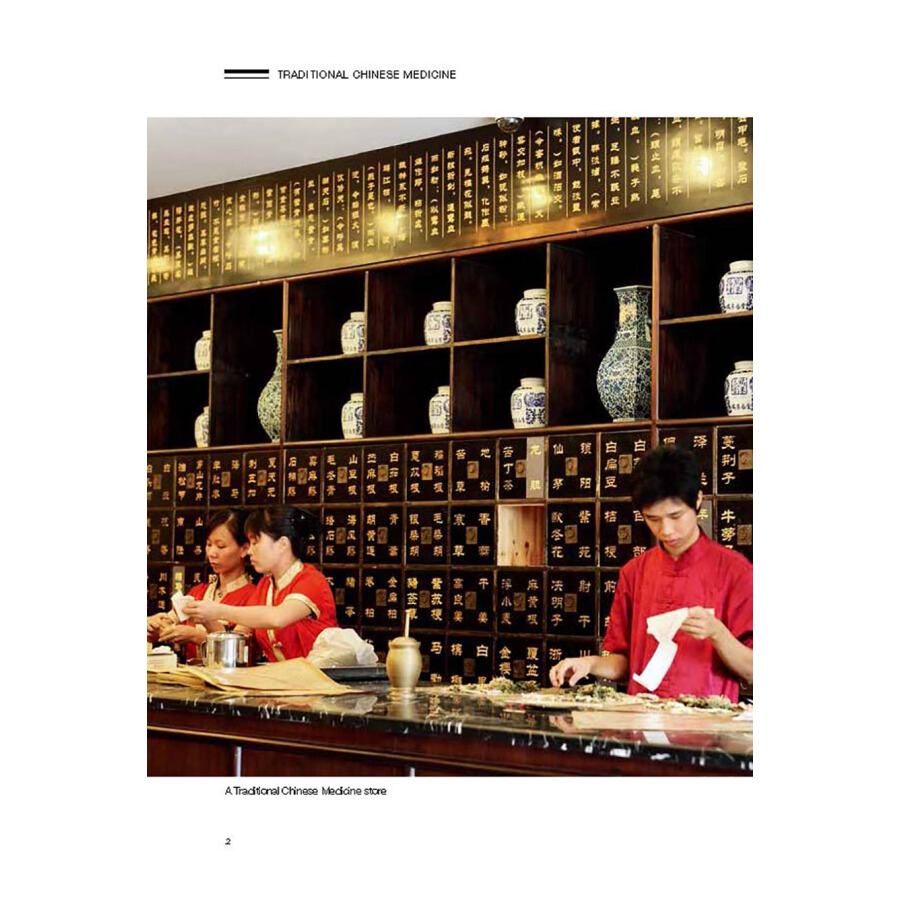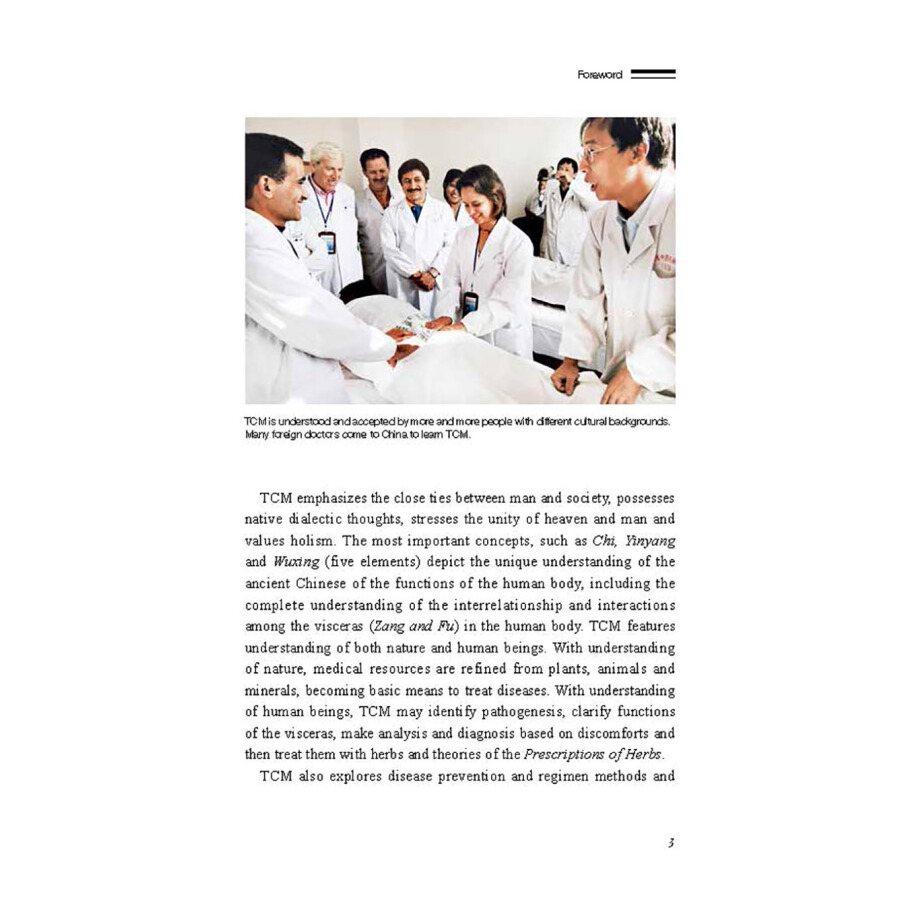Details
Traditional Chinese Medicine (TCM) is a great and valuable treasure built by the Chinese nation through long-term production and practice. Aiming to cure diseases and suffering, TCM focuses on the harmony between people and nature, forges its theoretical framework and forms unique diagnosis and treatment methodologies based on ancient philosophical concepts. What are the causes and effects of the brilliant TCM? How does TCM recognize the human body? What about the major theories and thinking? What are the details of herbal treatments and acupuncture and moxibustion therapies? This book will usher readers into profound TCM with simple words.
About Author
Liang Yongxuan, doctoral advisor at Beijing University of Chinese Medicine, director-member of Chinese Society of Medical History of Chinese Medical Association.
Zhao Xin, associate professor at Beijing University of Chinese Medicine, First-prize Winner at BUCM First Young Teacher Lecture Contest, and lecturer for the public video classes of Chinese universities.
Zhen Xueyan, associate professor at Beijing University of Chinese Medicine, deputy director member of the Youth Committee of Chinese Society of Medical History of Chinese Medical Association.
Since 2008, Liang, Zhao and Zhen have jointly created many works, such as TCM Popularization Book for Adolescence, Three Character Classic for Enlightening TCM, Ballads for TCM Regimen, and lectured TCM in campuses of high and primary schools in Beijing. They are experienced writers in TCM popularization books.
Sample Pages Preview



Traditional Chinese Medicine (TCM) is a great and valuable treasure built by the Han people and other ethnic groups through long-term production and practice based on the experiences of their predecessors. Aiming to cure diseases and suffering, TCM focuses on the harmony between people and nature and forges its theoretical framework and forms unique diagnosis and treatment methodologies based on ancient philosophical concepts.
TCM emphasizes the close ties between man and society, possesses native dialectic thoughts, stresses the unity of heaven and man and values holism. The most important concepts, such as Chi, Yinyang and Wuxing (five elements) depict the unique understanding of the ancient Chinese of the functions of the human body, including the complete understanding of the interrelationship and interactions among the visceras (Zang and Fu) in the human body. TCM features understanding of both nature and human beings. With understanding of nature, medical resources are refined from plants, animals and minerals, becoming basic means to treat diseases. With understanding of human beings, TCM may identify pathogenesis, clarify functions of the visceras , make analysis and diagnosis based on discomforts and then treat them with herbs and theories of the Prescriptions of Herbs.


